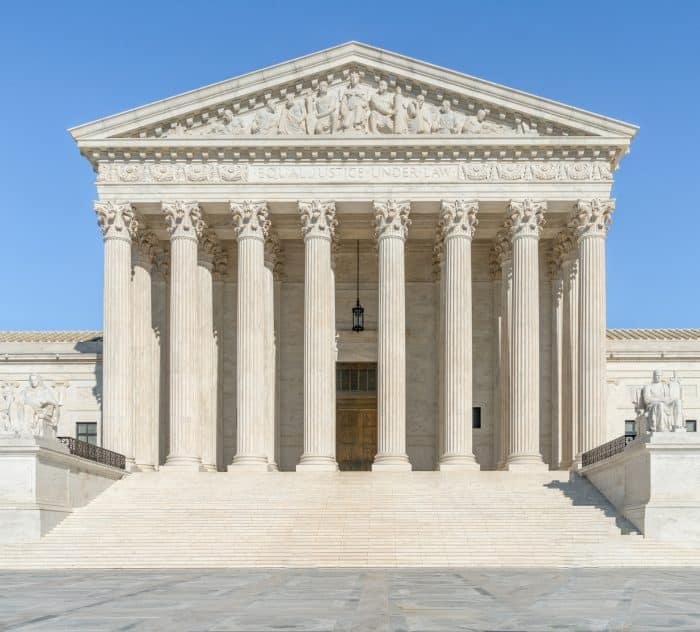The Family and Medical Leave Act provides leave and job protection to eligible employees who need to be absent from work “because of the birth of a son or daughter of the employee and in order to care for such son or daughter.” 29 U.S.C. § 2612(a)(1)(A). While the actual birth of a child is covered under this form of FMLA leave, it is less clear whether any time spent waiting for the birth of the child is also protected under the statute. The U.S. Court of Appeals for the Eleventh Circuit recently addressed this question in the case of Tanner v. Stryker Corporation of Michigan, 104 F.4th 1278 (11th Cir. 2024). Under the specific facts of the case, the Court held that an employee’s absence from work while awaiting the birth of his child was not covered by the FMLA.
As an employee of Stryker Corporation, Tanner was eligible for and requested FMLA leave for the birth of his child. The company approved that request and notified Tanner that his leave would not begin until his child was born. The company further notified Tanner that for any absences prior to the child’s birth, Tanner would be required to use available sick or vacation days. Even though Tanner knew that the child’s due date was expected to be around August 12, 2021, Tanner opted to be absent from work starting on July 30 so that he could pack and prepare for his trip to Connecticut where his girlfriend planned to have their baby. By August 13, Tanner had exhausted all of his accrued paid time off – although his child was not born until nearly one week later. Pursuant to the company’s attendance policy, his days of absence after exhaustion of PTO were counted as “occurrences.” Because such occurrences totaled the maximum number allowed under the attendance policy, and such maximum was reached prior to the birth of his child, Tanner was discharged due to excessive absenteeism.
Tanner filed suit against Stryker Corporation in Federal District Court, alleging that by terminating his employment the company had interfered with his FMLA rights and retaliated against him for exercising those rights. However, the District Court granted Stryker’s motion for summary judgment and dismissed Tanner’s claims. Tanner appealed this decision to the Eleventh Circuit.
Tanner’s arguments on appeal primarily hinged on his theory that the FMLA must be read to cover all forms of pre-birth leave. However, the Eleventh Circuit disagreed. Based on its plain reading of the FMLA’s text, the Court found no language which defined leave “because of the birth of a son or daughter” to include pre-birth absences. Indeed, the FMLA specifically states that an employee’s 12-week entitlement to such parental leave expires at the end of the 12-month period “beginning on the date of such birth.” Accordingly, the Court concluded that the FMLA imposes a temporal limitation on when leave for the birth of a child may be taken, and that such time period begins when the child is born and not before.
Referring to Department of Labor Regulations, the Court cited the only limited exceptions to this temporal restriction which have been recognized by the DOL: 1) when the expectant mother becomes incapacitated due to her pregnancy, or for prenatal care; 2) when a spouse is needed to care for the pregnant spouse who is incapacitated due to the pregnancy, or if needed to care for that spouse during her prenatal care; and 3) when needed by adoptive or foster parents to proceed with the placement of a child for adoption or foster care. Here, none of these limited types of pre-birth leave applied to Tanner. He was neither an adoptive or foster parent, nor a spouse of a pregnant individual needed to care for that person because of incapacity due to the pregnancy or for prenatal care. Therefore, the Court concluded that there was no statutory basis for extending FMLA leave benefits to Tanner’s particular circumstances; namely, his absence from work while waiting for his child to be born.
This case highlights for employers the importance of fully understanding the technical provisions of the FMLA and DOL Regulations regarding what forms of absence are protected. Communication with employees regarding their need for leave, and a thorough review of the facts and circumstances supporting such requests, are essential to making justifiable decisions regarding whether absences are protected or whether they may be properly counted as unexcused under a consistently-applied attendance policy. Misclassification of absences and taking adverse employment actions based on such absences can lead to significant legal liability. Employers are encouraged to consult with employment counsel when uncertain as to whether an absence or leave request may be protected under the FMLA or other applicable law.



